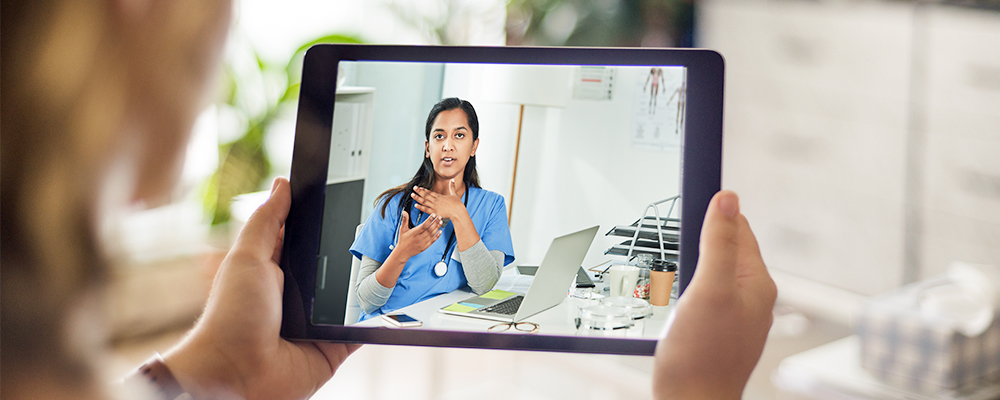E-health: bringing urban medicine to rural communities
What is e-health?
E-health is the term used for interactive technology designed to improve healthcare at both a community and individual level. E-health facilitates the exchange of health data digitally through online health portals, instant messaging, and video calls. Doctors, nurses, specialists, and other medical professionals can now treat, diagnose, and meet with patients remotely thanks to the right technology.
The most common form of e-health is telemedicine. Telemedicine allows health care professionals and patients to consult with one another over video calls. Through telemedicine, patients save a trip to the doctors, wait times decrease, and physicians can examine many more patients.
Why rural communities?
In general, rural America has a lower income, poorer health, and a higher number of elderly who are uninsured. On top of that, rural communities often lack trained healthcare professionals and sufficient medical facilities. 90% of US physicians are located in urban areas, leaving only 10% of physicians for the rest of the country.
On the whole, rural communities have significantly less access to healthcare than urban communities. They have fewer specialists, medical centers, and hospitals. As a result, rural residents have a harder time receiving timely, safe, and effective health care.
What’s worse, almost 25% of rural hospitals are either closing or at risk of closure because they aren’t earning enough money to sustain themselves. For instance, 98 rural hospitals have closed since 2010. The result? Less access to specialists, longer wait times, and a rising mortality rate.
How does e-health serve rural communities?
E-health allows understaffed or underprivileged rural hospitals to access urban hospitals’ trained specialists and equipment for testing.
E-health also provides rural patients with more timely results. Instead of driving to the nearest hospital or waiting several days for an out-of-town expert, patients can immediately check their results online, talk through a diagnosis over chat, or email their healthcare providers with urgent questions.
Rural communities are less likely to receive preventative treatment, get routine scans, exercise regularly, and have healthy lifestyle behaviors. Online health portals, SMS texting systems, and easier access to trained professionals help rural Americans keep up on their health. Plus, through e-health, rural residents can receive text reminders about annual screenings.
A 2012 report by the Institute of Medicine for the National Academies discovered that e-health reduces healthcare expenses by cutting down on unnecessary ER visits and treating patients in more cost-effective ways.
How can rural communities access e-health?
Satellite internet provides a way for any US state—even in the most remote places—to access e-health technologies since it transmits through satellites in space and is not limited by physical cell towers. As the primary internet provider in rural communities, satellite internet is the sole means in which rural communities access e-health.
Rural residents tend to have less access to an internet broadband connection. Without satellite internet, rural communities wouldn’t even have e-health. They couldn’t do things like correspond with health care professions or access their personal health information online. They’d be limited based on where they live — which is the main problem e-health addresses anyway.
Through satellite internet, e-health users can access medical records, exchange text, audio, video chat with medical professionals, or email health care professionals no matter where they live.

